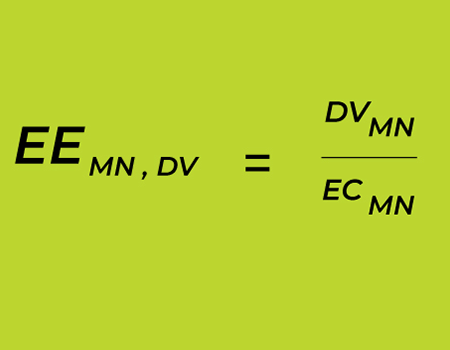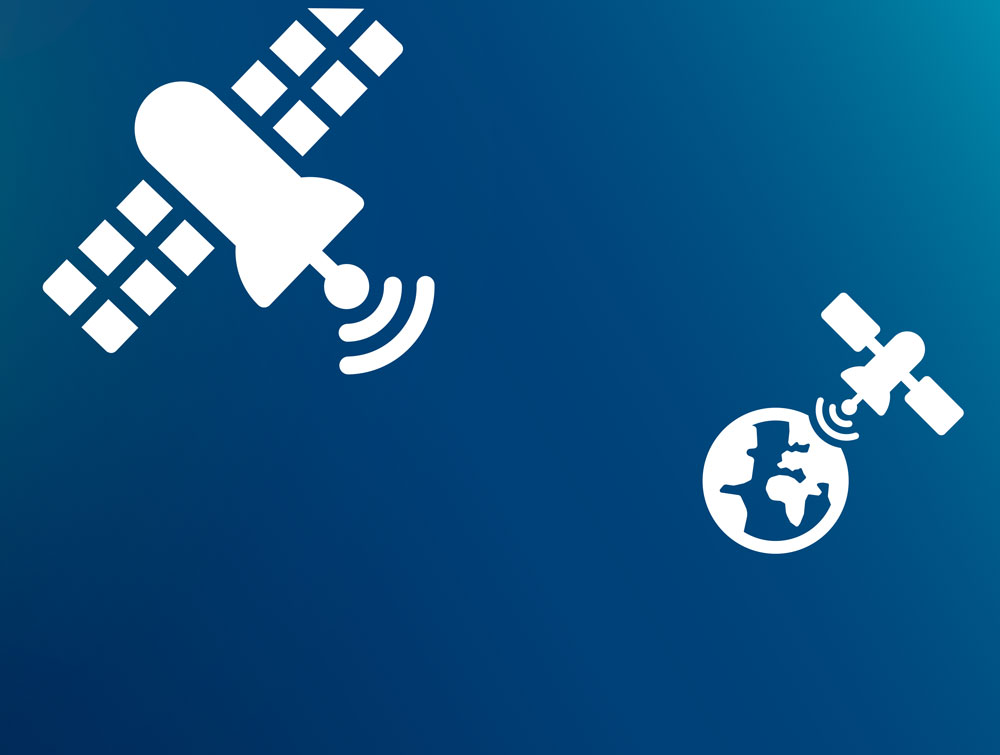Keyword search
3GPP has been monitoring and providing solutions for several energy efficiency aspects of its systems: starting with 3G, then 4G and now 5G. It started with a few general studies and advice. In the recent Releases, this aspect is taking more and more place in the definition of the system. Although not formally identified by 3GPP (only in this document), three main aspects of 3GPP’s work relating to energy efficiency / energy saving can be distinguished: 1. Proposing solutions and practical advice on how to operate the system as to limit its energy consumption, while keeping (almost) a same level of service. These are presented in Technical Recommendations (TRs) since they do not impact so-to-say the system. 2. Defining functionalities specifically targeted to save energy, e.g. commands to reduce/turn off the power of less used/unused base stations (e.g. at off-peak). These are defined in Technical Specifications (TSs). 3. “Keeping in mind” the energy-efficiency aspect when designing (all interfaces of) the 3GPP standard, e.g. not to mandate to send regular location updates for a user equipment known to be static, as a vending machine.
The benefits of standardizing railway telecommunications are clear: it improves interoperability, safety, reliability, and efficiency, and it reduces the risk of communication failures. It also makes it easier for railways to work together, which is particularly important for international rail traffic.
Non-terrestrial networks (NTN) are networks or segments of networks that use either Uncrewed Aircraft Systems (UAS) operating typically between 8 and 50km altitudes, including High Altitude Platforms (HAPs) or satellites in different constellations to carry a transmission equipment relay node or a base station: LEO (Low Earth Orbit)



